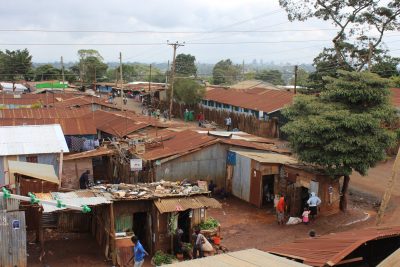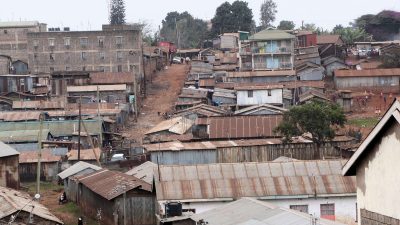By
Adisa Amanor Wilks
A focus on Kangemi: The slum that touched Pope Francis’ heart
Never before in history has our world seen such rapid urbanisation. Over the last two decades there has been a demographic shift. More and more people are now living in urban areas, according to the UN. Many of these are resorting to slum dwelling due to lack of housing and proper urban planning.
A slum is an urban settlement with makeshift structures often with few or no basic amenities; overcrowded and unsanitary conditions.
An estimated one billion people now live in slums in many parts of the world, i.e. about one in every six people. In some cities, slum dwellers make up almost 80% of the population. The UN predicts that by 2050, there could be 6 billion people living in slums.
This statistic is no different in major African cities. Sub-Saharan Africa alone is home to about 199.5 million slum dwellers.
Take Kenya for example, Nairobi is the largest city and home to about 2.5 million slum dwellers. In fact almost 60% of Nairobi’s population are slum dwellers.
So the Pope’s tour of one of the biggest slums in Kenya was no surprise.
Some argue that the Pope’s visit to Kangemi was because of the number of Catholics living there. More than 20,000 Catholics live in this slum. But I think Pope Francis wanted to see for himself how humans could be reduced to live in such deplorable conditions.
Kangemi is one of the 200 slums in Nairobi. It is located in a valley with steep slopes by the Nairobi river, and is home to more than one hundred thousand people.
This slum is surrounded by middle class neighborhoods of Loresho and Kibagare, Mountain View and Westlands.
Many families cram into iron shacks, crowded and with no sanitary systems. Kangemi is no exception. It has no sewerage.
Slums are a sign of social inequalities and urban insecurity. And Pope Francis had every right to refer to slums as “wounds” inflicted by the elite.
Most of the slum dwellers in Africa are aged between 15 and 24 – This is a whole generation – Africa’s future. Something needs to be done.
The UN Habitat says Africa will need about 40 million housing units every year, most of which will have to be used to accommodate urban dwellers.
Start building Africa!




No Comments Yet!
You can be first to comment this post!